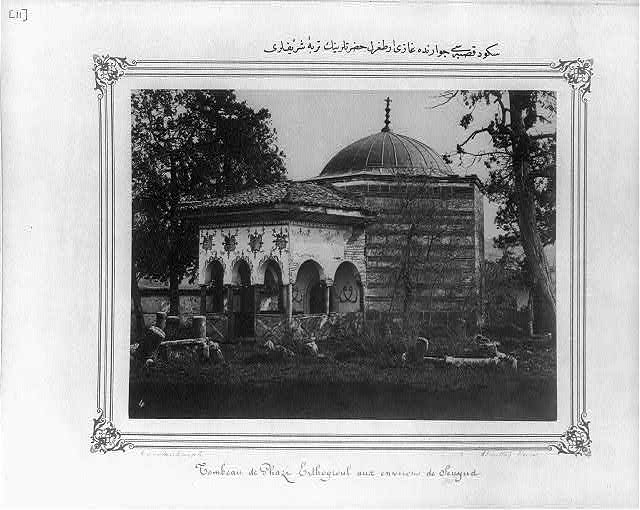
The Toponym
The original Byzantine-Greek place name Thebásion is documented for the year 1231. In the 15th/16th century the toponym Söğüt denoted an Ottoman Kaza, whose administrative centre was called Begsöğüdı.[1]
As the first Ottoman residence (1299-1326) Söğüt was the origin of the Ottoman Empire; its founder was Ertuğrul (born 1198 in Ahlat; died 1281 or 1282 in Söğüt), father of Osman I, and an Oghuz clan leader after whom the sancak of the same name is named.
Armenian Population
„In the westernmost kaza of the sancak of Ertuğrul, Söğüt, there were on the eve of the genocide four Armenian villages, located on either side of the Sakarya. To the south, Çalgara had 900 inhabitants. On the right bank of the river lay Muraca, with a population of 2,600; Asarcık, inhabited by 1,200 of the faithful; and Yenibazar (pop. 700). One thousand four hundred seventy-two Armenians, including a handful of Protestants, lived in the seat of the kaza, Söğüt. The deportation of this population and the seizure of its property was supervised by Young Turk cadres from Bilecik (…).”[2]